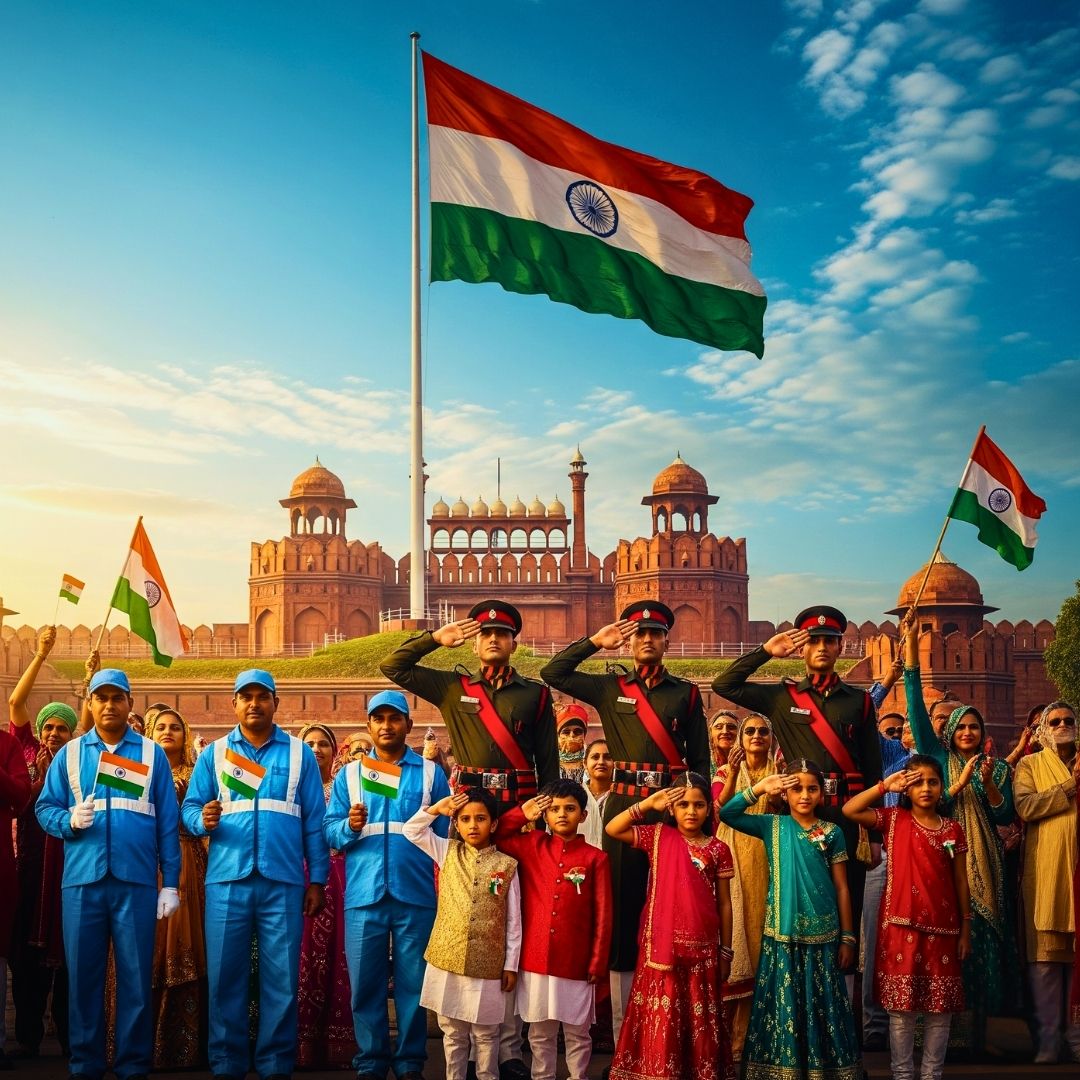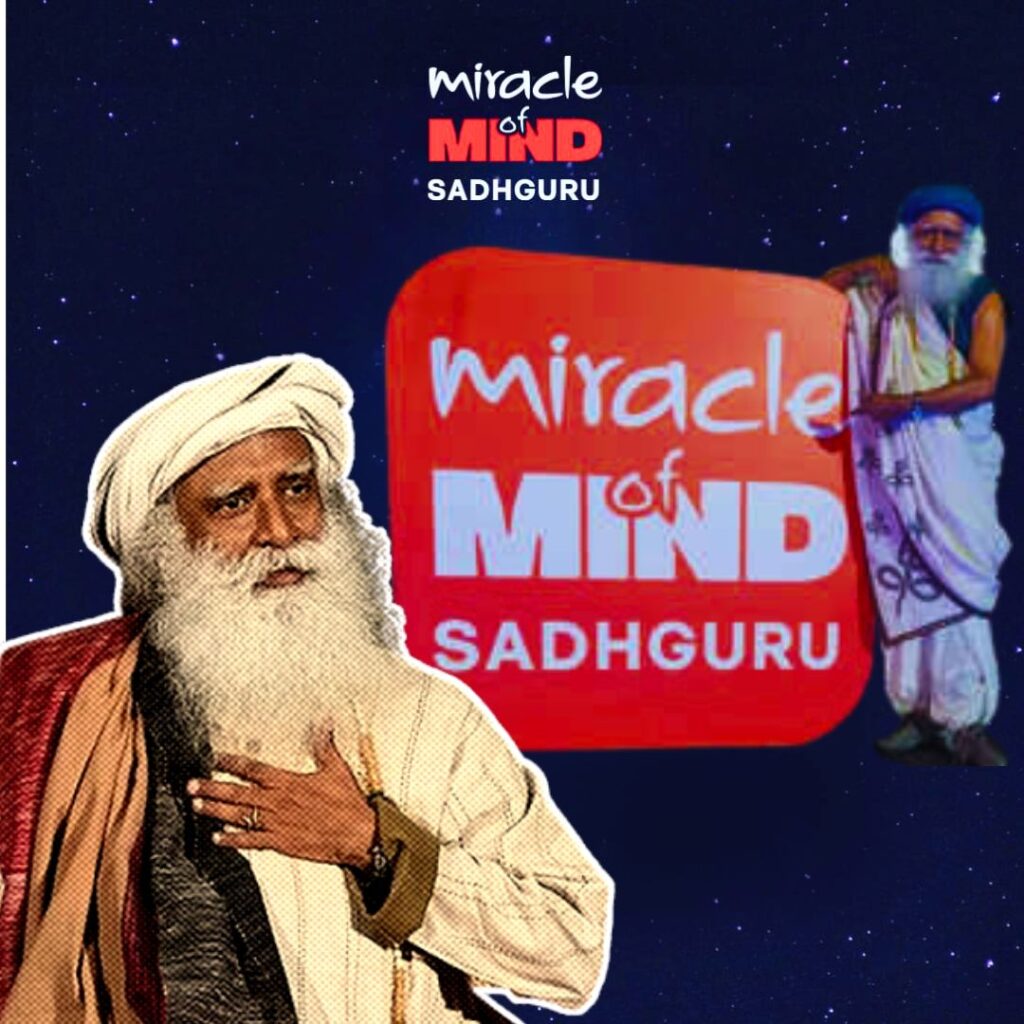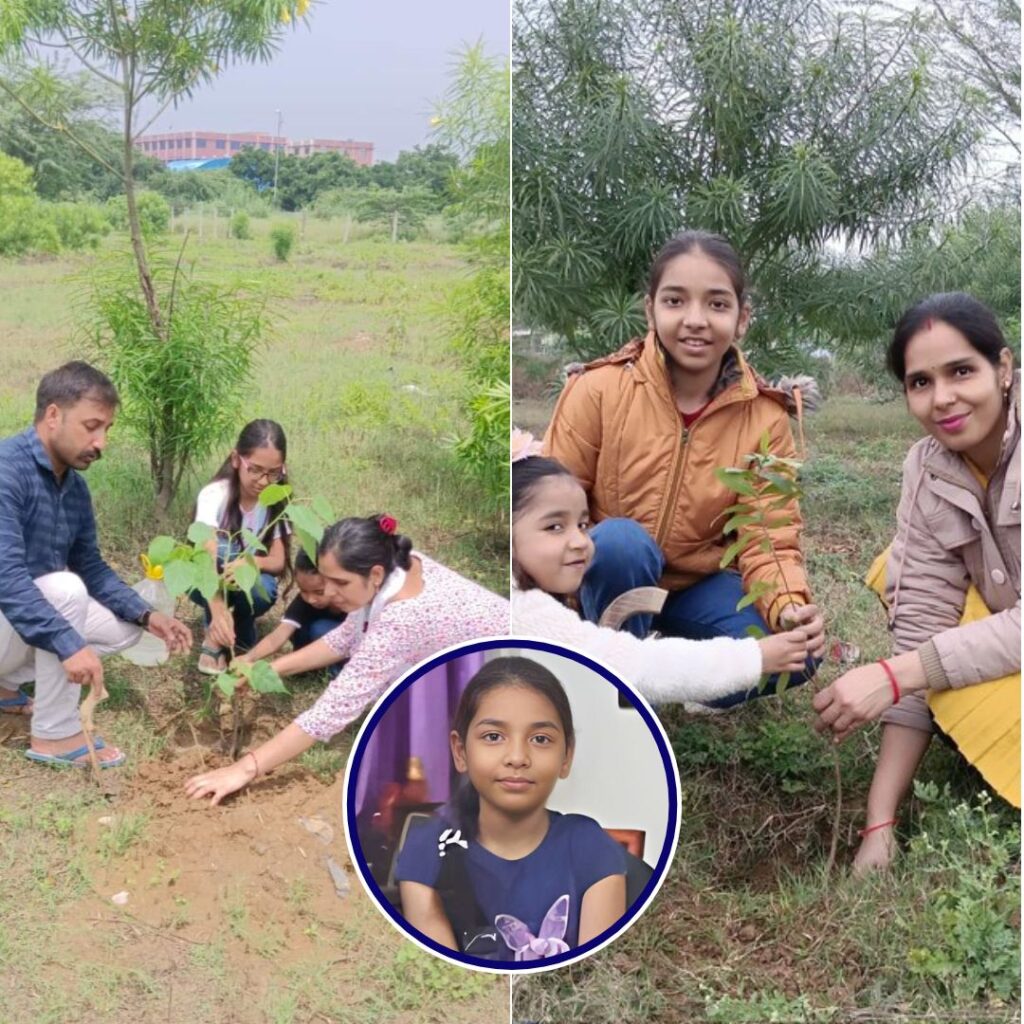India will celebrate her 79th Independence Day on August 15, 2025, marking 78 years since it gained independence from British colonial rule in 1947. The main event will be held at the historic Red Fort in Delhi, where Prime Minister Narendra Modi will hoist the national flag and deliver his 12th consecutive Independence Day address.
The ceremony features the Guard of Honour by the Armed Forces and Delhi Police, a 21-gun salute, and a flower petal shower from Indian Air Force helicopters. This year, 50 of Delhi’s top-performing sanitation workers and their spouses will be honoured as special guests for their vital role in public cleanliness. The event will be broadcast live nationwide with various viewing options available.
The Historic Struggle for Freedom
India’s Independence Day, celebrated every year on August 15, marks the end of over two centuries of British colonial rule, a time during which the country’s rich heritage and freedoms were curtailed. The struggle for independence was long and multi-faceted, involving diverse movements and leaders who mobilised millions with the shared vision of “Swaraj” – self-rule. Starting with the Revolt of 1857, often called the First War of Indian Independence, key figures like Rani Lakshmibai and Mangal Pandey showed early resistance to British dominance.
The Indian National Congress, formed in 1885, became the main platform for political action, with leaders like Bal Gangadhar Tilak popularising the call for self-governance. However, the most defining figure in the freedom movement was Mahatma Gandhi, whose introduction of nonviolent civil disobedience (Satyagraha) transformed the fight against colonial rule.
Landmark campaigns such as the Non-Cooperation Movement (1920-22), the Salt March or Dandi Satyagraha (1930), and the Quit India Movement (1942) captured the imagination of millions across India and beyond. Alongside Gandhi, revolutionaries like Bhagat Singh and Subhas Chandra Bose contributed through armed resistance and military organisation, displaying the spectrum of approaches that blended into the final struggle.
The Road to Independence: August 15, 1947
The pathway to freedom was complex and fraught with challenges, but after the exhaustion of Britain following World War II and incessant pressure from Indian leaders and masses, the British government conceded to India’s demand for independence. The Mountbatten Plan, announced in June 1947, paved the way for the partition of British India into two dominions, India and Pakistan, creating one of the largest migrations in human history, accompanied by widespread communal violence and displacement.
At the stroke of midnight on August 15, 1947, India emerged as a sovereign nation, an event immortalised by Jawaharlal Nehru’s “Tryst with Destiny” speech delivered from the ramparts of Delhi’s Red Fort. Nehru hoisted the national flag for the first time, an act that has since become an enduring symbol of the day. The transfer of power was ceremonious but came with the bittersweet legacy of partition and its human cost. Nevertheless, it marked the beginning of India’s remarkable democratic journey.
Why Independence Day Matters Today
Independence Day is not just a historical marker; it is a living celebration of India’s democratic ideals of justice, liberty, equality, and fraternity as enshrined in the Constitution. Across the country, the day is observed with flag-hoisting ceremonies, cultural programmes reflecting India’s diversity, educational activities honoring freedom fighters, and patriotic songs that bind citizens in a collective sense of pride and responsibility.
The Prime Minister leads the official celebrations by unfurling the tricolour at the Red Fort in Delhi and addressing the nation, highlighting achievements, challenges, and the vision for the future. This year, the ceremony honours 50 sanitation workers from Delhi as special guests, acknowledging their vital contributions to public health and cleanliness, a reflection of India’s ongoing journey towards inclusive progress and dignity for all forms of work.
All You Need to Know: Quick Facts
- India’s Independence Day is celebrated annually on August 15, marking freedom attained in 1947 after over 200 years of British rule.
- The day commemorates the sacrifices and leadership of figures like Mahatma Gandhi, Jawaharlal Nehru, Bhagat Singh, Sardar Vallabhbhai Patel, and many others.
- The first Independence Day ceremony included Nehru’s iconic midnight speech and flag hoisting at the Red Fort, traditions upheld every year.
- Independence came alongside the traumatic partition creating Pakistan, with massive migrations and communal violence.
- Today, Independence Day is a national holiday with cultural events, parades, and educational programmes across India.
- The 79th Independence Day in 2025 will feature special recognition of sanitation workers and a traditional 21-gun salute, Guard of Honour, and Indian Air Force flypast.
In essence, India’s Independence Day is a powerful narrative of resilience, hope, and unity. It invites every citizen to cherish the freedoms won by past generations while renewing a commitment to peace, inclusivity, and democratic values that continue to shape India’s evolving identity.
The Logical Indian’s Perspective
Independence Day is not only a time to celebrate India’s emancipation but also an opportunity to reflect on the values that bind the nation’s diverse people, peace, empathy, coexistence, and social justice.
Recognising the contribution of sanitation workers alongside historical heroes underscores the importance of every individual’s role in nation-building. The Logical Indian advocates for nurturing unity, dialogue, and kindness in the face of diversity, urging readers to engage actively in fostering inclusive communities.












